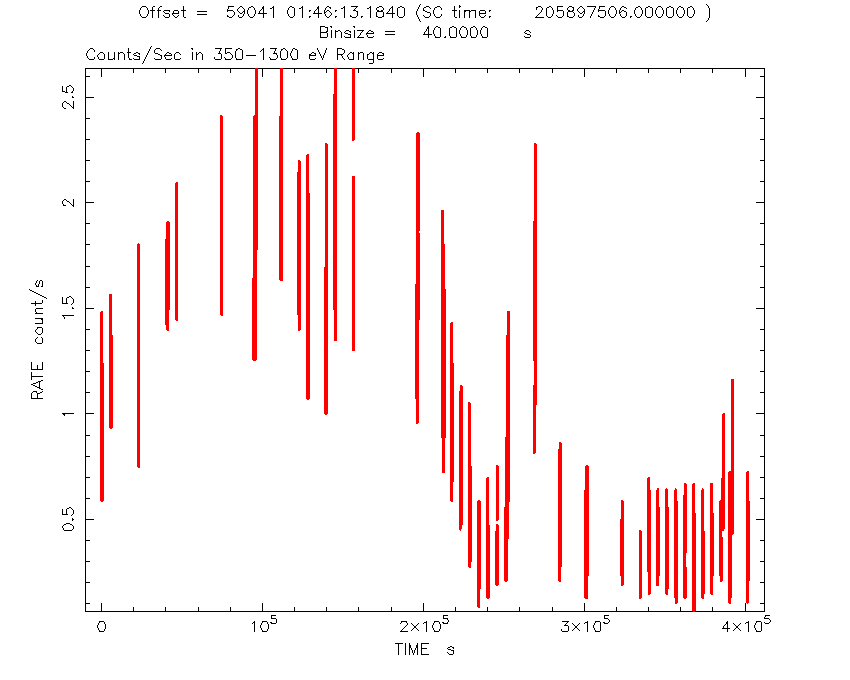NICER / ISS Science Nugget
for July 16, 2020
NICER Observations of Stellar Death by Black Hole
On 11 July, 2020, NICER responded to a Target of Opportunity (TOO) request to investigate the optical and X-ray transient AT2020ocn, which was discovered by the Zwicky Transient Facility (Palomar Observatory, San Diego, CA) on April 29, 2020. This transient was a sudden brightening of the core of the early-type galaxy, SDSS J135353.80+535949.7, which lies at a redshift of 0.07, about 300 million parsecs from earth.
Observations on July 10 with the X-ray telescope on NASA's Swift observatory showed substantial brightening in X-rays, which suggests that AT2020ocn was a likely Tidal Disruption Event (TDE), the total shredding of a star which wandered too close to the supermassive balck hole at the center of the galaxy.
NICER has been measuring the X-ray intensity of AT2020ocn as a function of time, as shown in the figure below. Time-resolved X-ray spectroscopy by NICER during the rising part of the X-ray emission produced by the TDE shows a suprisingly rapid change in the accretion disk formed around the black hole by the stellar debris. The first NICER observations were reported by Pasham et al. in an Astronomer's Telegram #13864. NICER observations are continuing.

Figure: The measured brightness of AT2020ocn as a function of time for X-rays in the energy range 350-1300 eV.
<< Previous
Main Index
Next >>